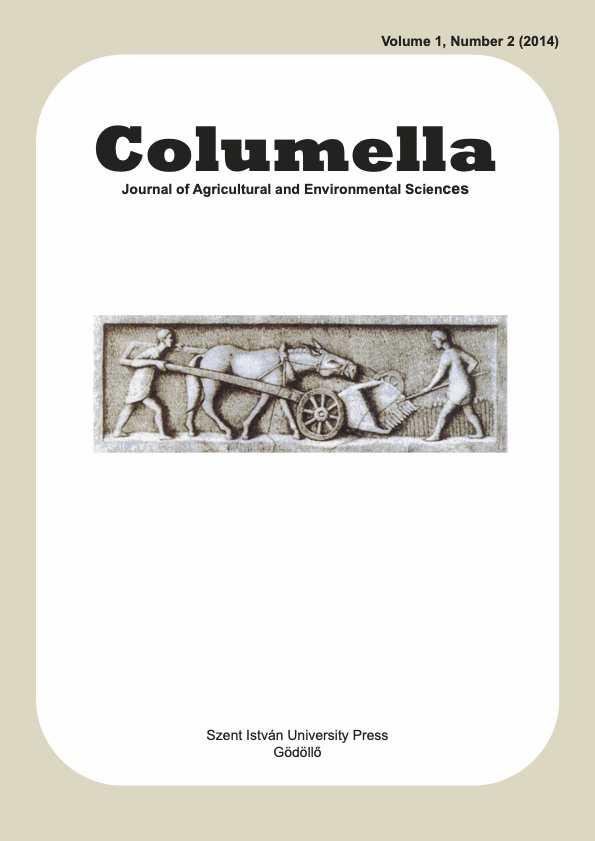Archaeobotanical overview of rye (Secale cereale L.) in the Carpathian-basin II. From the migration period until the late Medieval age
DOI:
https://doi.org/10.18380/SZIE.COLUM.2014.1.2.37Keywords:
rye, archaeobotany, macroremains, Carpathian-BasinAbstract
It seems that rye is a twice domesticated cereal. Then, in the course of the Early Iron Age in Central or Eastern Europe, it is again transformed from weed to crop plant. We summarized the development of rye and his spread in the Carpathian Basin based on archaeobotanical data. The grains of the rye were found always in charcoal form. The rye appeared in Carpathian Basin during the Neolithic Age. Sporadic occurrences of rye were also found in Early Bronze Age Bell Beaker-Csepel Group and Early Iron age Scythian cultures. The prehistoric grains were small and longshaped. In the Prehistoric Ages rye should be exist as weed of hulled wheats. His cultivation started in the Roman Age. The grains found in roman sites are always big and reel shaped like recently. Only a few grains were found in the Migration Period. Among cereals of the conquering Hungarians rye is present. Rye became common product in the Late Medieval Ages. It was grown in a big quantity everywhere, but not independently, but mixed with the wheat.
Downloads
Published
Issue
Section
License
Copyright (c) 2014 Ferenc Gyulai

This work is licensed under a Creative Commons Attribution-NonCommercial-NoDerivatives 4.0 International License.






